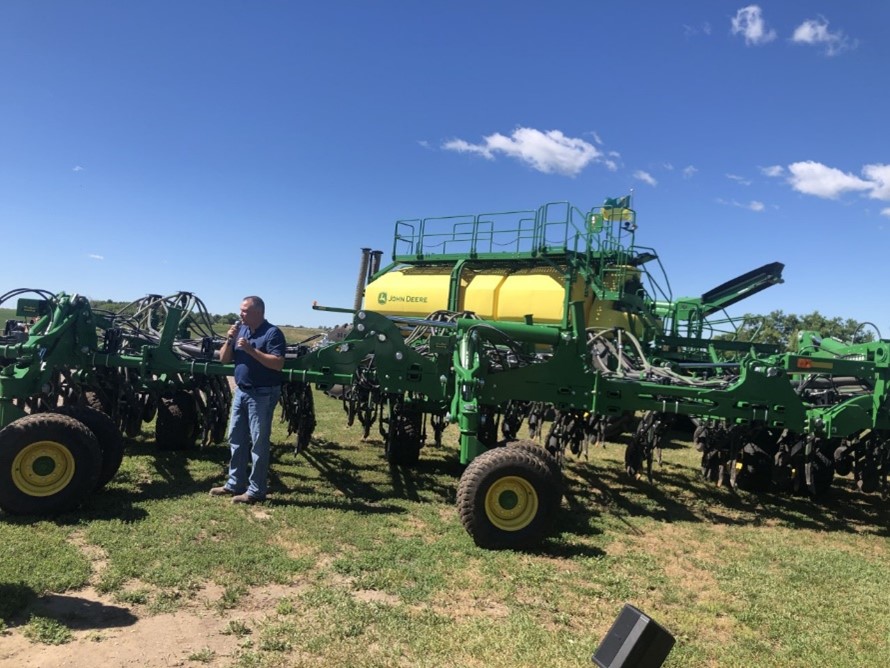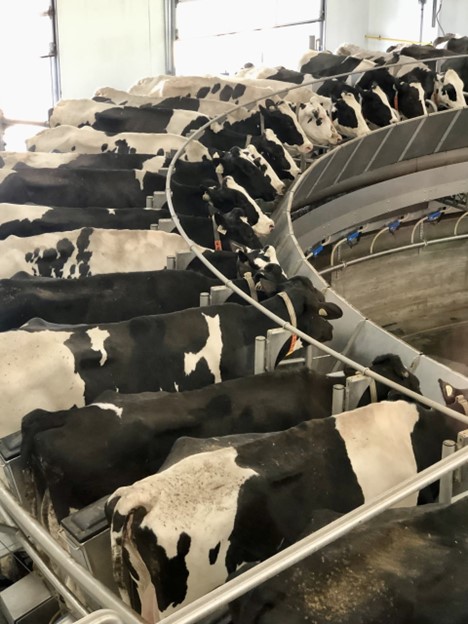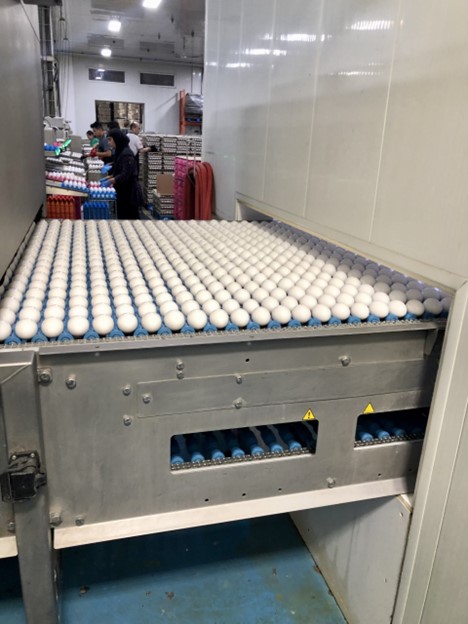3 Things I Learned Visiting Saskatchewan Farms
I spent 2 days visiting Saskatchewan farms and meeting the farmers who produce our food. It was a journey shared with fellow food professionals who were keen to discover more about where our food comes from and get a behind the scenes look at Canadian farming. We opened with a discussion on agriculture and sustainability, then visited real working farms to continue conversations with the people who grow our food. Here are three things I learned:
Families run farms
Did you know that 97 per cent of Canada’s farms are family owned?
Today’s family farmers are well educated, often university graduates who worked in business and agriculture. When they go home to farm, they are savvy managers, and their sense of community plays an important role in farming.
Although the farms are bigger than in the past strong family ties run through them. At every farm we visited three sometimes four generations of the family came out to greet us and share their stories. The farm families we met, pride themselves in improving on each generation’s hard work and building a sustainable future so the next generations can carry on farming their land. For example, the Colborn family has been farming their land since 1910. Today the farm is run by the 5th generation, three cousins who produce eggs, grains, and beef. More information is available at Home – Colborn Farms
High tech is in
Modern agriculture is progressive, and farmers invest in technology to produce more and increase efficiency.
For example, chicken farmers use I-phones to monitor chicken barn temperature and animal welfare any time of day. Should temperatures drop below the set range, a phone alarm is activated.
On Foth Ventures dairy farm a state-of-the-art rotary carousel milks 900 cows in about three hours, three times a day! On average a dairy cow produces 30 litres of milk per day, so with the aid of innovative technology this farm provides 27,000 litres of milk per day.
At Star Egg processing facility, eggs come from 65 local farmers that are identified and traceable along their journey from the farm barns to the consumer. Robotics technology allows more production with less labour. This state-of-the-art facility grades 1.2 million eggs a day! More information is available at Star Egg – Saskatchewan
Transparent conversations about agriculture matter
Consumers want to know more about what’s in their food and how it is produced. However, credible stories of food production and the journey of food from farm to table are often hard to find. Farmers believe that reconnecting people with the origins of food is an important task and they want to engage and help bridge the information gap between agriculture and consumers. We benefited from transparent conversations and visited farms to better understand what farmers do and why.
If you have questions about techniques of modern agriculture or why farmers do what they do we encourage you to talk to farmers, visit their websites and ask them your questions. As dietitians we are also here to engage with you in transparent conversations about food and agriculture. What’s your farming question?
Thanks to Farm and Food Care Sask and Canadian Food Focus for organizing this amazing trip and educational event!
Written by Lucia Weiler, RD, PHEc, Award-winning dietitian and Co-Founder, n4nn. The event was sponsored travel and this blog reflects my own learning experiences.


